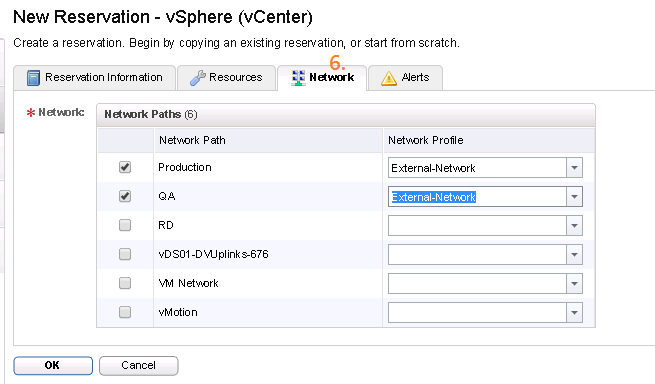The following table lists the shortcuts that vSphere Web Client supplies. Because it is browser-based and runs within multiple operating environments, vSphere Web Client defines few keyboard shortcuts.
| Keyboard Operation | Action |
| Ctrl+Alt+S | Navigates to the Search field control |
| Ctrl+Alt+H | Displays global help |
| Ctrl+Alt+Shift+H | Displays context-sensitive help |
| Ctrl+Alt+1 | Navigates to the vSphere Web Client home |
| Ctrl+Alt+2 | Navigates to the vCenter inventory |
| Ctrl+Alt+3 | Navigates to the Hosts and Clusters tree in the vCenter inventory |
| Ctrl+Alt+4 | Navigates to the VMs and Templates tree in the vCenter inventory |
| Ctrl+Alt+5 | Navigates to the Storage tree in the vCenter inventory |
| Ctrl+Alt+6 | Navigates to the Networking tree in the vCenter inventory |
On Mac OS, you can substitute the Command key for the Control key.
By default, the standard UI controls include keyboard navigation inherited from Adobe Flex, and developers are encouraged to use them to ensure both compliance and consistency. Creating a keyboard shortcut can hinder accessibility if you nullify an existing shortcut.
Reference Link is here








































































